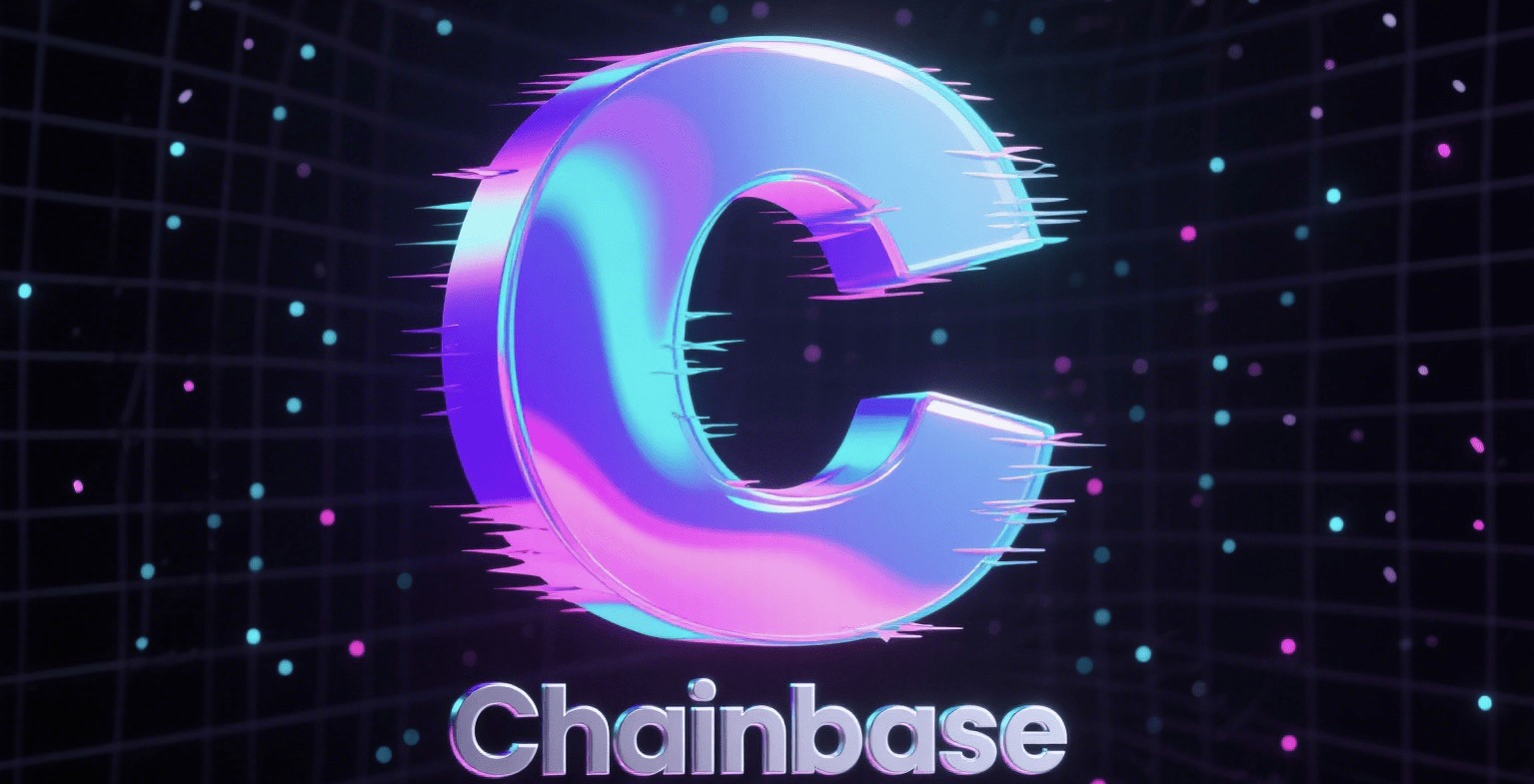In the third month of developing the cross-chain NFT tracking DApp, I almost smashed my keyboard — the Ethereum holding data took 3 seconds to load, the on-chain records of Polygon lagged by 2 blocks, and the most ridiculous was Solana's data interface, which crashed three times a week, with user complaints coming in like snowflakes ❄. Until the day I connected to Chainbase, when a line of text suddenly popped up on the screen: 'Cross-chain data synchronization complete, delay < 100ms', at that moment, I seemed to hear the sound of data 'whooshing' between chains.
It turned the 'data maze' into a 'cross-chain highway'.
Previously, handling multi-chain data was like walking in a maze: each chain was an independent room, the doors (interfaces) looked different, and the keys (formats) were not universal. Chainbase's brilliance lies in tearing down the walls and paving three 'data highways':
Real-time indexing lane: It works like a 24-hour scanning vehicle, instantly archiving transaction, address, and contract data every time a new block is generated. Now, when querying the historical holdings of any chain, just enter the address and hit enter; the result is faster than a delivery guy finding the door. Last week, I helped a user check the NFT transfer records from 2021, and it was retrieved in 3 seconds ⏱;
Cross-chain data conveyor belt: The DApp I developed needs to display staking yields from both ETH and BSC simultaneously. Previously, I had to write two sets of code to interface separately, but now Chainbase's 'cross-chain fusion layer' directly merges data from both sides into one table, just like ordering milk tea and burgers at the same time without switching between two apps.
Anti-crash guardrail: Last month, the Solana network was congested again, but my DApp data didn’t break — Chainbase's decentralized node cluster acted like multiple backup generators; when one group of nodes got stuck, it immediately switched to another group, and users didn't even notice the lag 🔌.
C Token: While fueling the data middle platform, it can also act as a 'pass'.
This token is not a simple payment tool, but more like an 'energy coin + membership card' in the ecosystem:
Calling the data interface consumes\(C, just like tolls on highways, but it's 60% cheaper than separately interfacing with each chain's API — I calculated that the monthly costs on multi-link interfaces previously, now buying\)C can save half, enough to treat the team to milk tea 🧋;
Holding C can unlock the 'Advanced Data Toolbox': for example, the 'On-chain Behavior Profile' function can automatically tag addresses ('whale', 'arbitrage bot', 'new user'). I used it to optimize the DApp's recommendation algorithm, and user retention increased by 23%;
Staking\(C can act as 'data node guardians'; my neighbor staked his spare money, and the daily earnings\)C are enough to buy art supplies for his daughter. He said, 'This is more interesting than saving in the bank and helps pave the road for Web3' 🖍.
My 'Data Infrastructure Experience Diary'
Last week I conducted a stress test: simulating 100,000 users querying cross-chain assets simultaneously, the previous system would crash, but this time on Chainbase's interface, data requests slid smoothly across the progress bar, with CPU usage at only 30%. The technical director patted me on the shoulder: 'It's like switching from a country road to a high-speed rail track; the carrying capacity is simply on a different level.' Even more surprising was the 'data integrity verification' — previously, users questioned the accuracy of the data, but now the DApp can directly call up the on-chain proof hash from Chainbase, and with a click, it jumps to the block explorer. After viewing, users said, 'It's more trustworthy than bank statements' 📜. My cousin, who works in big data, came to visit and stared at the real-time data dashboard, exclaiming, 'You Web3 folks finally have a decent 'data operating system', like installing Windows on scattered computers, capable of running complex applications.'
Now, when developing DApps, I no longer need to worry about data. Chainbase acts like an invisible super middle platform, silently managing the storage, indexing, and synchronization of cross-chain data, while the C token keeps this platform running and allows each participant to share in the dividends. Perhaps the breakthrough point of Web3 lies in such infrastructure that 'prevents data from getting stuck' — after all, when data can flow freely, efficiently, and securely, the real decentralized application ecosystem can truly take off 💨.
#Chainbase $C @Chainbase Official


